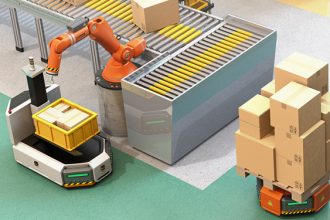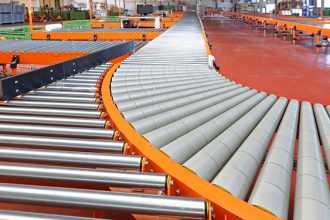How MODEX’s Flexible Automation Solutions Maximize Investment, Process Adaptability

If you’re among the 45,000-plus attendees expected at MODEX 2020, March 9-12 at Atlanta’s Georgia World Congress Center, you’ll be seeing a lot of flexible automation solutions in the displays of the more than 1,000 exhibitors. And that’s no surprise, considering the nation’s current 3.5% unemployment rate and facilities’ continued difficulties in attracting and retaining a high-quality workforce.
As explored in a recent MHI Solutions magazine article, “The Case for Flexible Automation,” produced by MHI’s Solutions Community, collaborative robots, mobile sorters and other such systems aren’t going to being enticed away by an extra dollar per hour at the facility down the street. Pair this with the technologies themselves having advanced significantly in their functionality — while costs have come down — and companies are finally making the case for investing in these systems.
That’s because, unlike bolted-down automated systems, flexible automation solutions can respond to a change in inventory profile, rapid growth in consumer demand, or a significant increase in stock keeping units (SKUs) at a far more affordable cost and with less commitment than a major installation. This allows for a faster return on investment (ROI) in a shorter timeframe than the historic three to five years required of a large capital equipment purchase.
Further, purchasing models are changing. More suppliers are offering automation-as-a-service pricing, letting companies lease a variably sized fleet of mobile autonomous or collaborative robots, for example. This enables the same fleet to accommodate peak seasons in different operations, including small pop-up facilities. It also leaves responsibility for maintenance and software upgrades with the supplier, ensuring that operations get the most-up-to-date systems as they become available, rather than waiting for the next capital investment.
Likewise, the robots themselves are becoming more modular, with a standard base unit that accommodates a variety of different attachments or accessories (robotic articulated picking arms, roller conveyor, put-to-light picking trays and more). Such functionality allows them to be reconfigured more easily.
Want to learn more? The full article, featuring additional insights from MHI members, third-party logistics (3PL) solutions providers, and system integrators is posted here.



